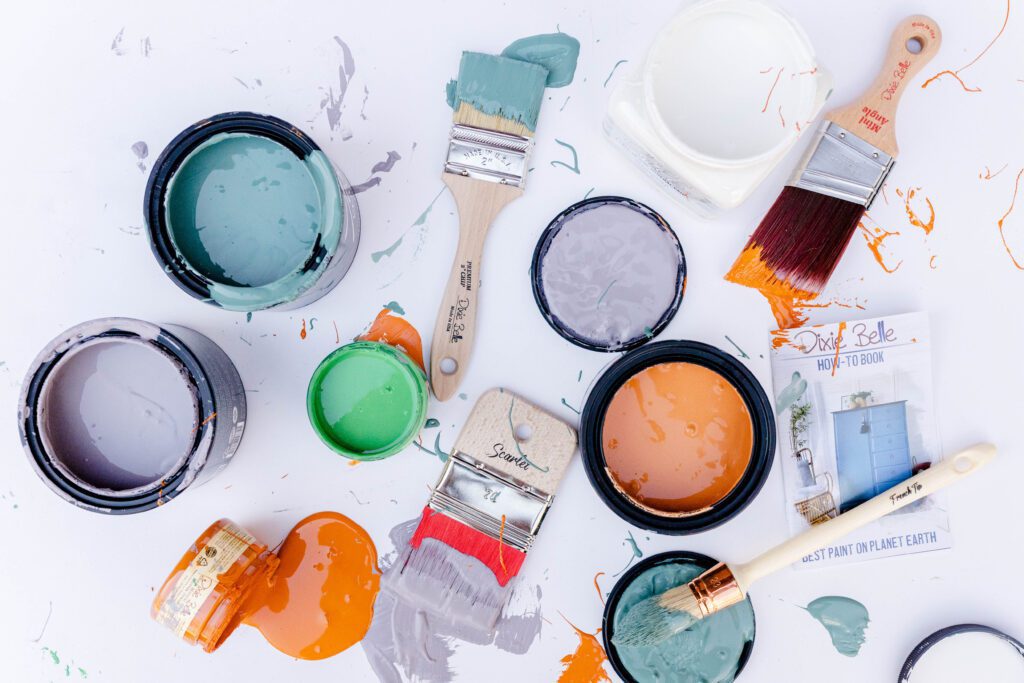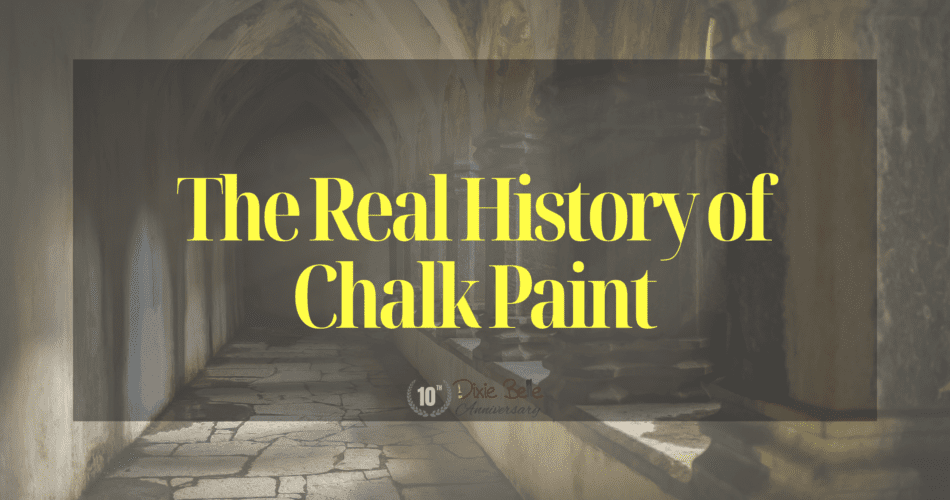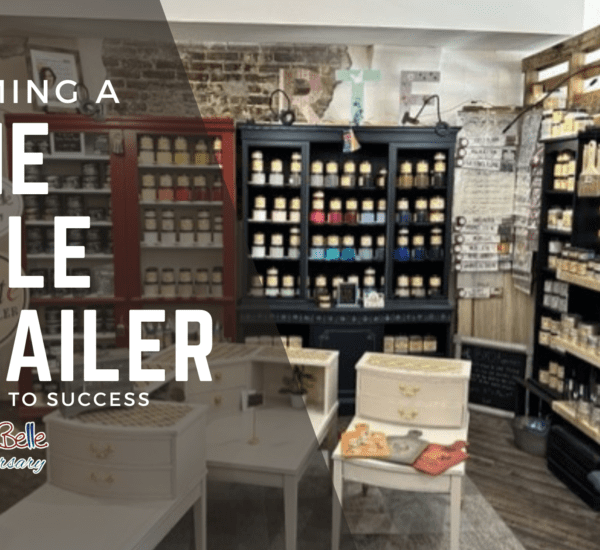DIYer’s and homeowners have taken matters into their own hands these days. Whether your inspiration is budget-conscious home improvement or a hobby turned into a side hustle, more people are deciding to spend their free time painting. As a society, today we are more mindful of sustainability and repurposing items than we were yesterday. (Thank goodness). While all these new trends seem to take us over, chalk paint has stayed persistent. Most think chalk paint is a new invention of the 21st century; in reality, chalk paint has been around since the medieval ages. Sure, the millennial furniture flipper painting a cedarwood dresser with Dixie Belle’s chalk paint and the Renaissance man painting the king’s armoire in the west wing corridor are drastically different. But the paint? Not so much.

France Fancies Chalk Paint
The roots of chalk paint can be traced back to the Middle Ages when painters incorporated chalk as a key pigment in their paint formulations. In this historical era, chalk was frequently employed to produce a whitewash applied to both walls and furniture, showcasing the enduring legacy of this versatile paint medium. In the 19th century, chalk paint experienced a surge in popularity in France. This trend gave rise to a distinctive trend known as “chalk paint chic.”
The use of chalk paint persisted in France into the early 20th century. Mainly employed by artists and designers for various experimenting in color and content such as distressing and abstract effects. This style was characterized by the application of light and airy colors to furniture, coupled with intentional distressing techniques to achieve a charming vintage aesthetic. An exemplary instance of chalk paint’s usage is evident in the work of French artist Camille Pissarro (1830-1901). In his painting “The Artist’s Palette with Landscape” created around 1877-9, Pissarro skillfully employed chalk paint. You can experience this piece of art at The Clark Art Institute in Williamstown, Massachusetts. The use of chalk as a pigment in combination with binders like poppy, linseed, or walnut oil, demonstrates the historical significance of chalk as a versatile artistic medium. However, the mid-20th century saw a decline in its popularity.
Classic, Simple Style
Experiencing a significant resurgence in the 1990s, chalk paint underwent a revival propelled by the growing popularity of French Farmhouse décor and the allure of shabby chic furniture. Renowned for its deliberately distressed appearance, chalk paint became the go-to choice, seamlessly achieving the desired vintage look in line with the prevailing design trends of the time.
In the early 2000s, chalk paint emerged as a popular choice worldwide, positioning itself as a hassle-free “no-prep” painting solution tailored for furniture transformation. Its unique selling point of eliminating the necessity for sanding or priming resonated particularly well with DIY enthusiasts. A paint company in England was the first to register a trademark for the term “Chalk Paint” in 1990. Since then, the surge in popularity paved the way for an array of paint brands to introduce themselves as some variety of chalk paint. Some more popular titles are chalky, chalk mineral, or chalk-like paint. Shortly after, the furniture paint market was flooded with different brands and products for consumers to choose from. This abundance of choices empowers buyers with a wide selection, catering to individual preferences and expanding the creative possibilities.
Chalk Paint Today
In the present day, chalk paint remains a favored choice, celebrated for its versatility in crafting various aesthetics. Chalk paint’s widespread appeal is complemented by its cost-effectiveness – making it the top preference for budget-conscious homeowners. Additionally, for those who prioritize environmental sustainability, chalk paint offers a unique advantage. Simply due to the fact artists are rejuvenating old furniture with chalk paint instead of discarding it in landfills. The practice aligns with eco-conscious practices, contributing to a more environmentally friendly approach.
All in all, chalk paint is a simple solution for any DIYer, and has been for centuries. We hope we were able to teach you something new today! As always, thank you for reading, and happy painting.





